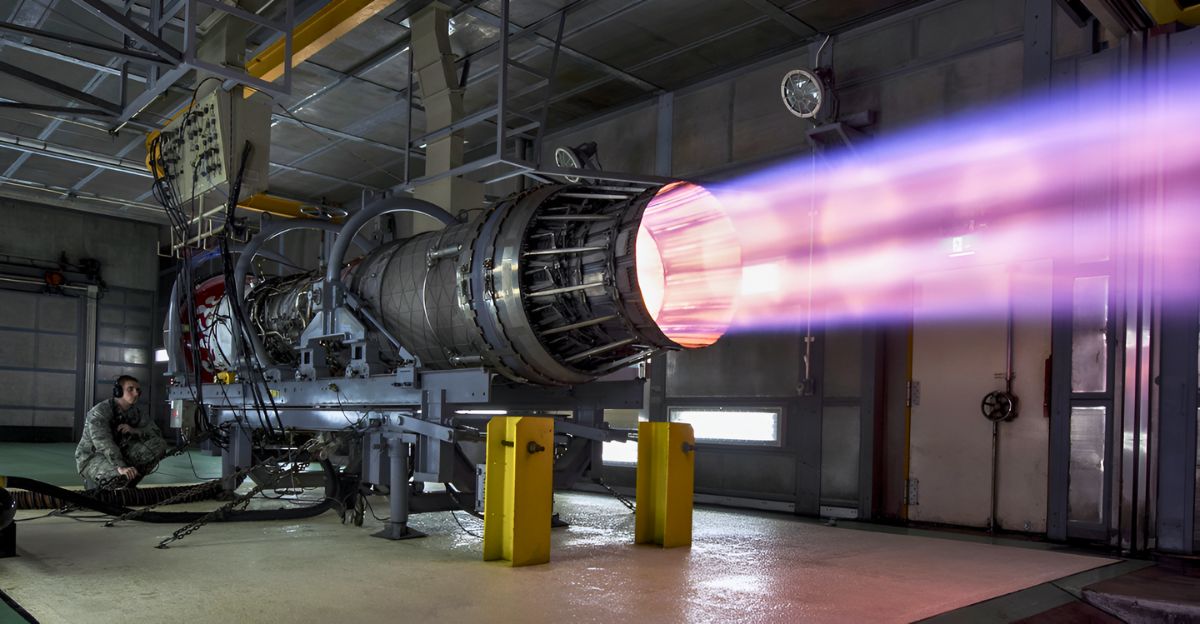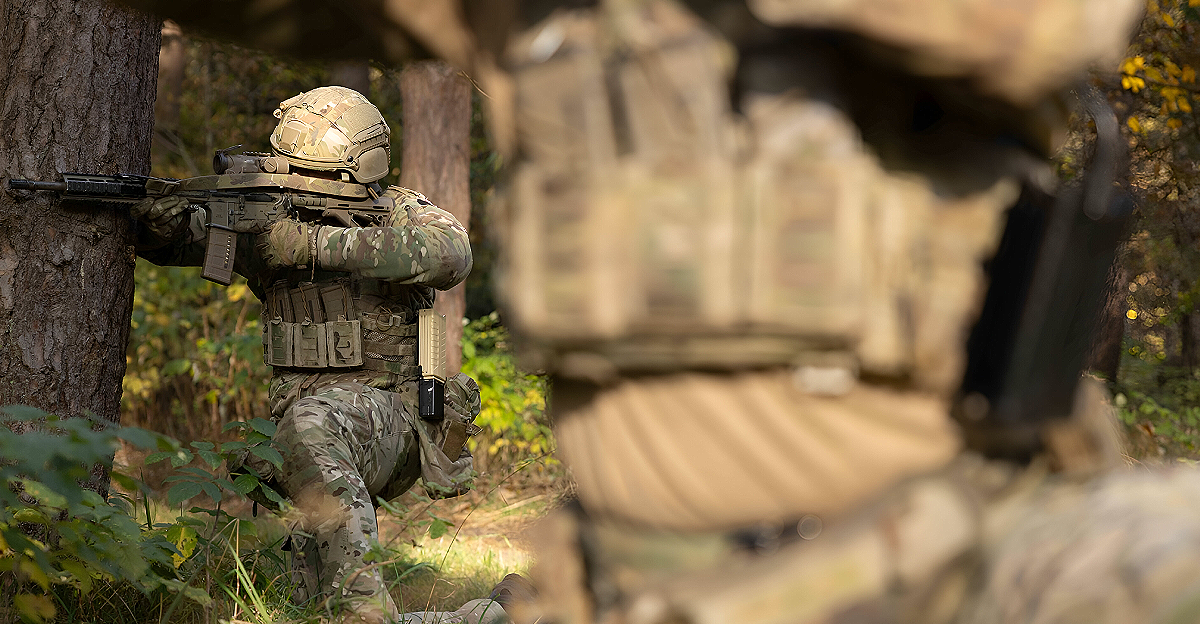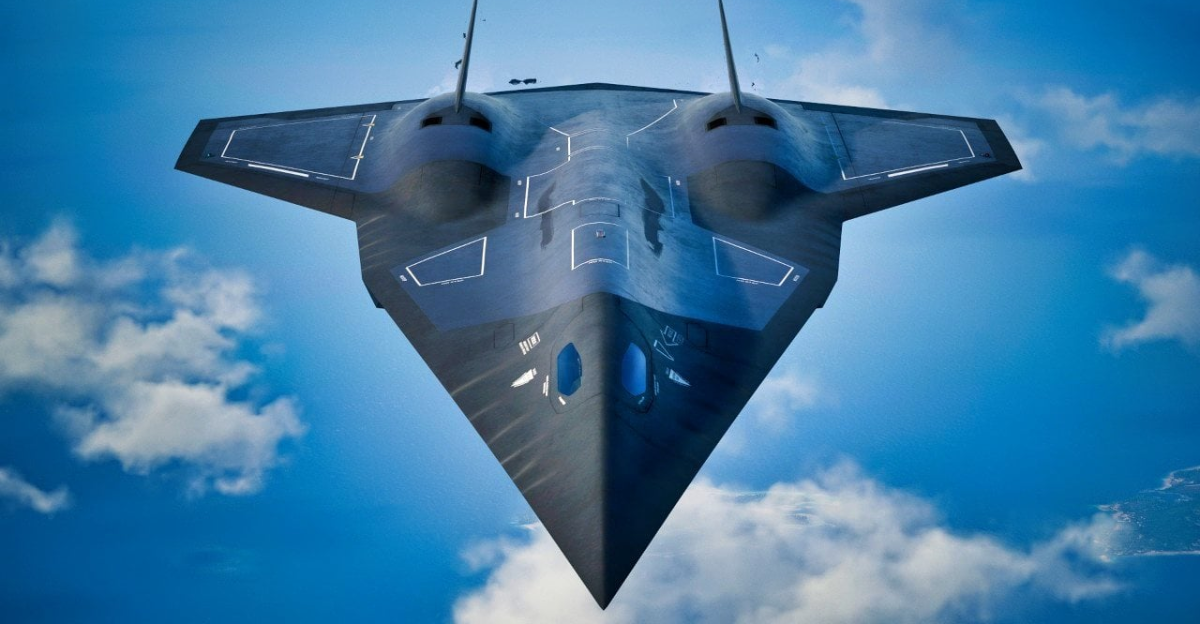
An Update to Israel’s Missile Shield Is Coming The Iron Dome, David’s Sling, and Arrow series are all integrated into Israel’s multi-layered, multi-system missile defense architecture, which is well-known throughout the world. Iron Dome alone boasts an average interception rate of 85% and more than 2,400 successful interceptions since 2011, demonstrating the system’s consistent operational efficacy.
In a region characterized by ongoing hostilities and rapid armaments innovation, this update is more than just an upgrade; it is a strategic necessity. It is anticipated that the new interceptor will have improved speed, maneuverability, and sophisticated seeker technologies, allowing it to target threats more precisely and at higher altitudes. This development is a reflection of Israel’s defense doctrine’s emphasis on preserving a superior military advantage.
The Evolution: From Vulnerability to Technological Leadership
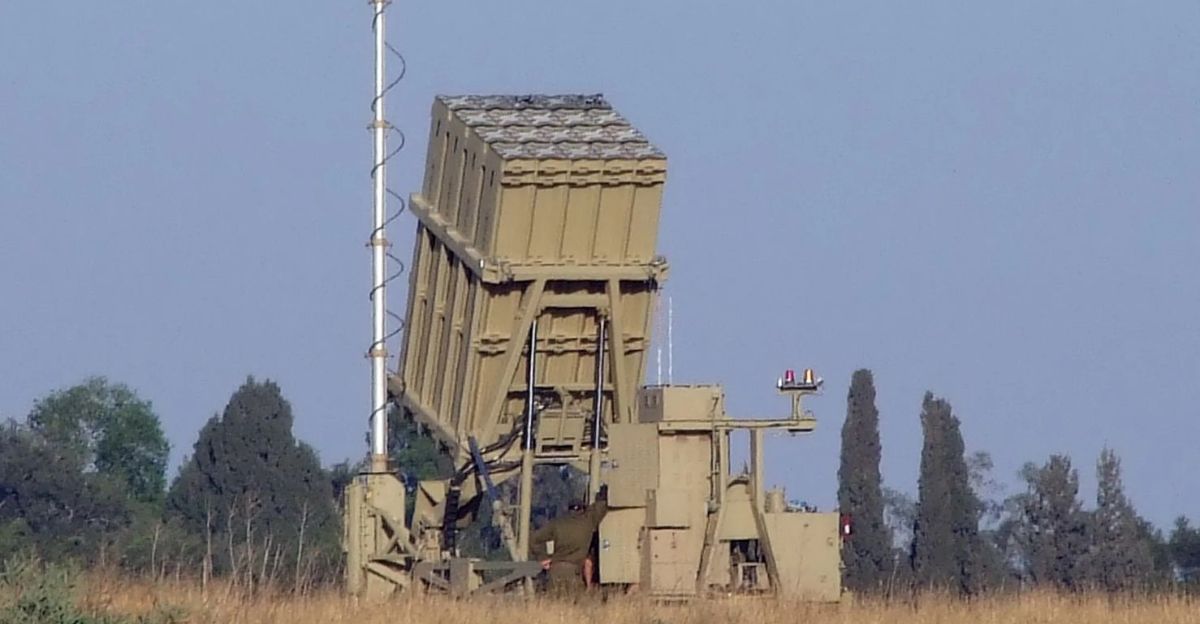
After the 2006 Lebanon War, when Hezbollah’s rocket barrages revealed obvious weaknesses in the country’s defenses, Israel started its serious quest for missile defense dominance. Launched in 2007 on a modest budget of $100 million, the Iron Dome project overcame internal skepticism within the Israeli military establishment, which has historically placed a higher priority on offensive capabilities.
These systems’ success was not without its difficulties, as early skepticism, financial limitations, and technological barriers threatened to halt advancement. However, Israel’s defense sector, notably Israel Aerospace Industries and Rafael Advanced Defense Systems, never stopped innovating. The historical account emphasizes how invention was spurred by necessity, with each conflict influencing the development of missile defense.
The Arms Race: Adjusting to Growing Dangers
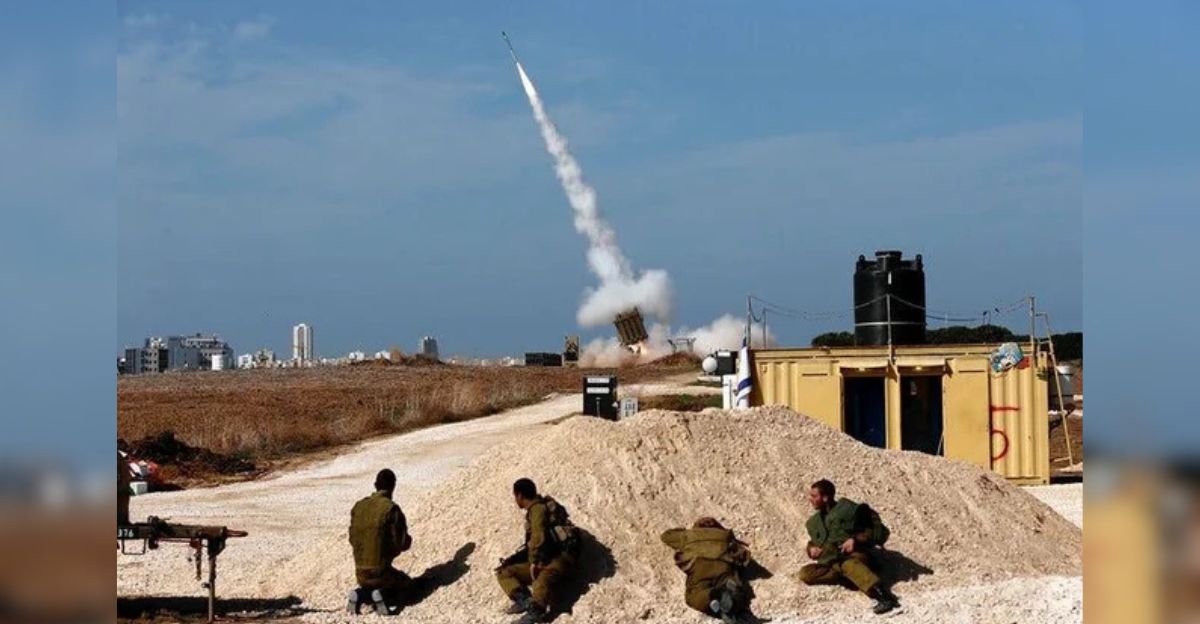
In reaction to an unrelenting regional arms race, Israel’s missile shield is dynamic. By using saturation tactics and cutting-edge technologies like drones and cruise missiles, adversaries like Iran, Hamas, and Hezbollah have methodically improved the range, payload, and sophistication of their arsenals.
Israel must reconsider its interception tactics in light of the adversaries’ shift to swarm drone tactics and hypersonic glide vehicles, which present previously unheard-of difficulties. The spread of missile technology to non-state actors makes it more challenging to identify and attribute threats, requiring more advanced intelligence fusion and quick decision-making. Israel’s new missile shield update attempts to integrate warfare domains, such as cyber, electronic warfare, and space-based sensors, into the arms race, which is not just about missiles.
Innovations in Technology: The Upcoming Generation of Interceptors
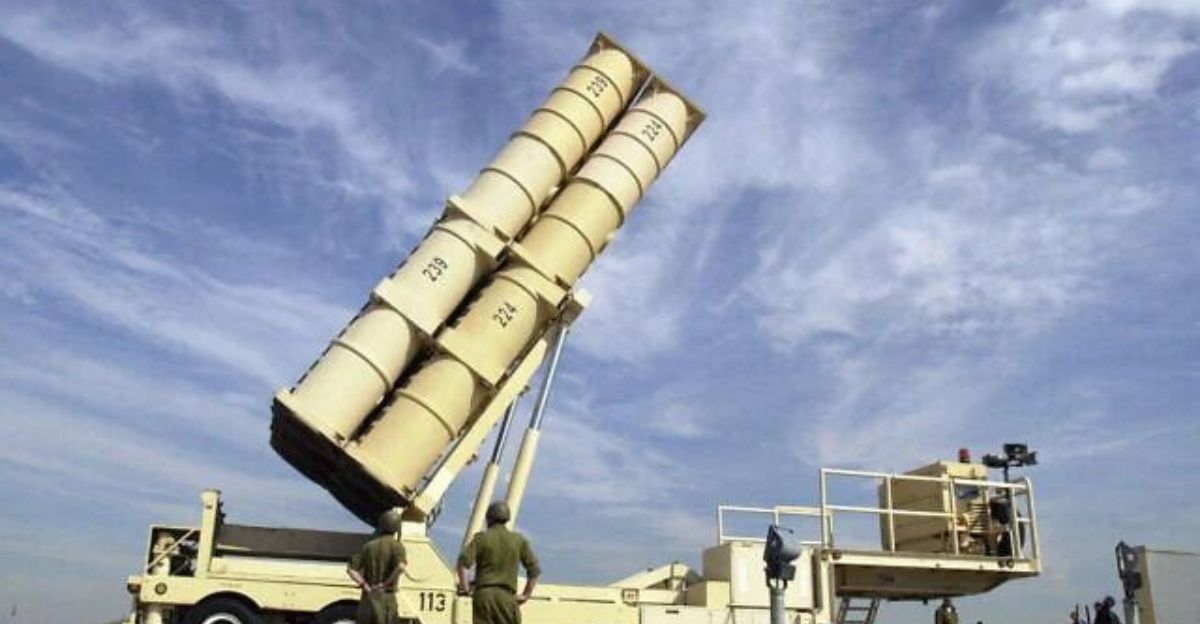
An essential technical development is the upcoming Arrow interceptor. Threats in the upper atmosphere and even space are intercepted by Arrows 2 and 3, which have been in operation since 2000 and 2017, respectively. The new interceptor, which will soon go into production, is designed to counter new threats like hypersonic missiles and maneuverable reentry vehicles.
The system’s modular architecture enables quick updates and integration with upcoming technologies like directed energy weapons. These developments are fueled by Israel’s defense research and development ecosystem, which is bolstered by academic institutions and private sector startups. This creates a feedback loop between technological advancement and operational experience.
The Strategic Framework for Multi-Layered Defense and Integration
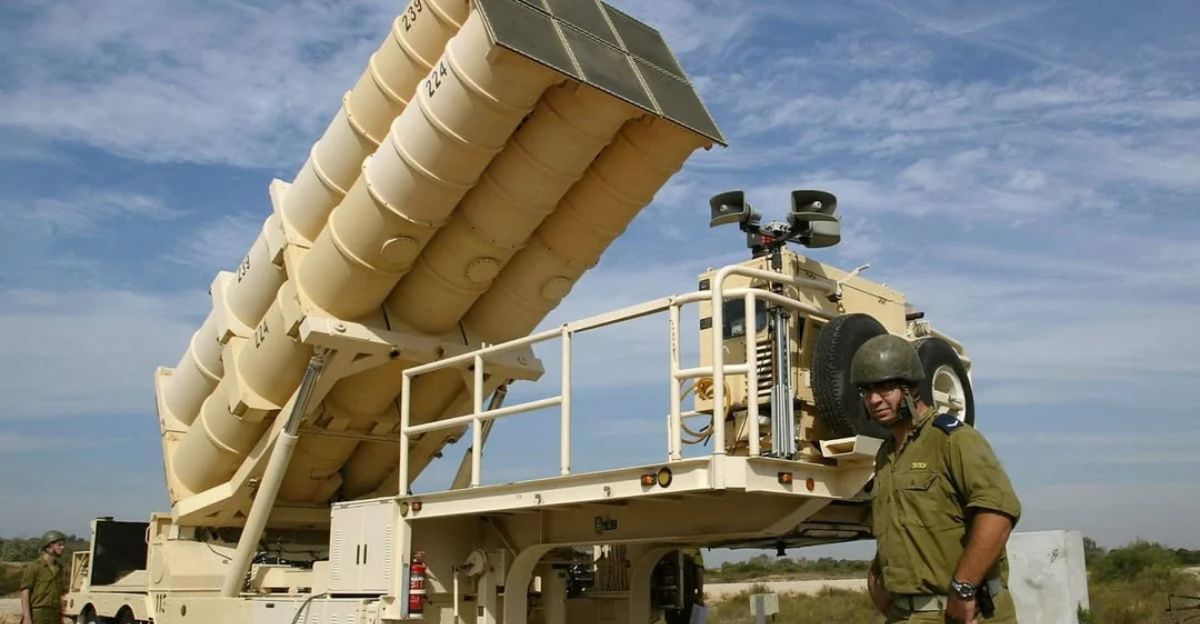
Israel’s missile defense is a multi-layered network rather than a single system. The Arrow system intercepts long-range ballistic missiles, David’s Sling deals with medium-range missiles, and Iron Dome handles short-range threats. By ensuring overlapping coverage, this architecture reduces the possibility of saturation and enables a flexible, adaptive response to multiple vector attacks occurring at the same time.
Known as “Green Pine” radar and the more recent “Super Green Pine,” the command and control system feeds data to all layers for coordinated engagement and offers real-time tracking and threat prioritization. As demonstrated during the Gaza conflict in May 2021, this synergy allows Israel to manage intricate attack scenarios involving hundreds of incoming projectiles.
The Defensive Dominance Paradox
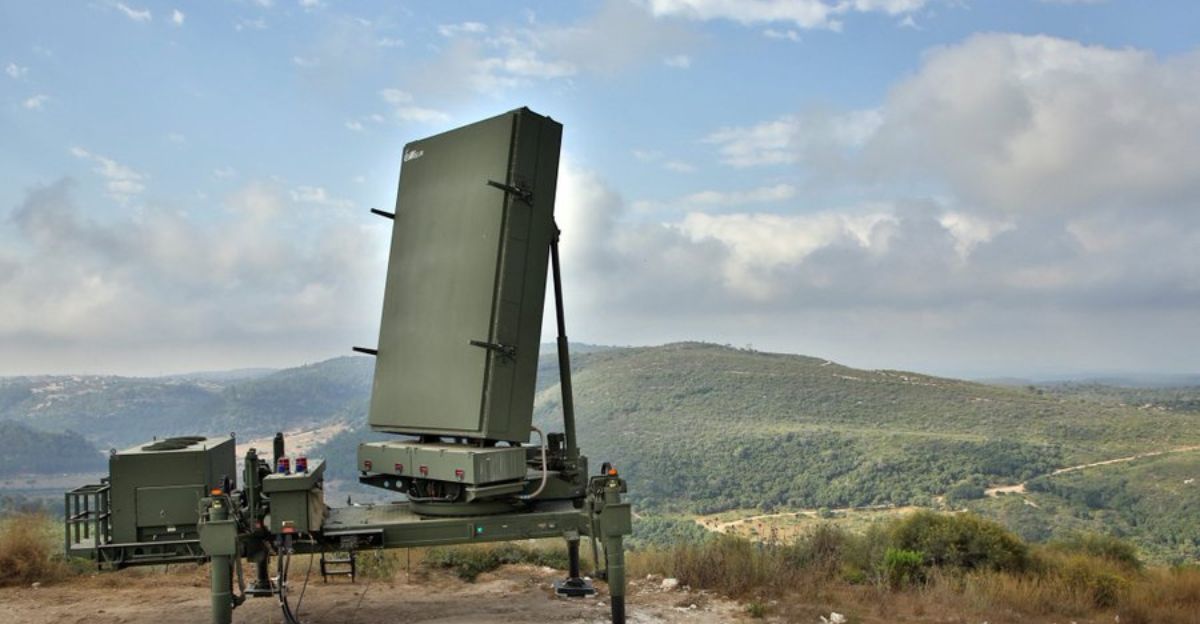
Though Israel’s dominance creates strategic paradoxes, conventional wisdom holds that missile defense is only protective. Israel might unintentionally encourage innovation among its enemies by neutralizing their arsenals, which would push them toward more advanced or unusual attack techniques. An over-reliance on missile defense might encourage complacency and jeopardize funding for civil defense or offensive deterrence initiatives.
This paradox illustrates a larger security conundrum: adversaries may be encouraged to increase their offensive capabilities, including asymmetric strategies like cyberattacks or underground tunnel warfare, if defensive success is achieved. Furthermore, despite their technological advancements, missile defense systems are susceptible to saturation attacks that take advantage of flaws in the system.
Unexpected Collaborations: Dual-Use Technologies and Their Effect on Civilians
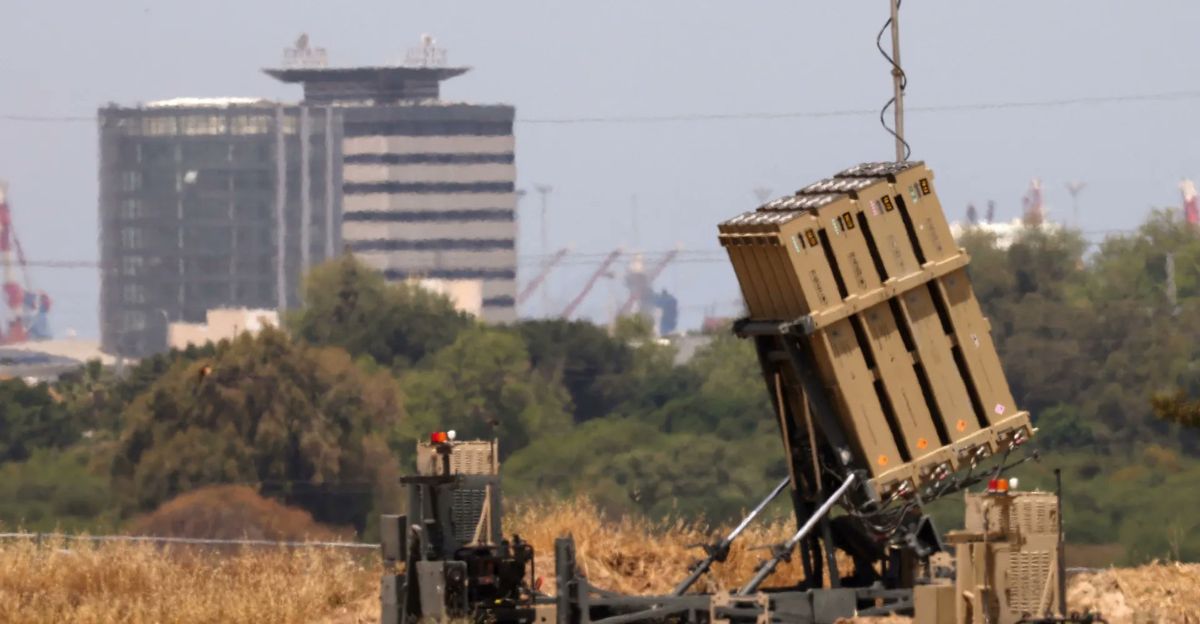
Israel’s advancements in missile defense have yielded beneficial civilian byproducts. The command and radar systems created for Iron Dome have been modified for use in autonomous vehicle navigation, disaster relief, and air traffic control. The psychological effects are significant: during conflicts, visible, dependable protection increases population resilience and lessens trauma and economic disruption.
Israel’s firefighting and disaster relief plans have been influenced by the mobile launch platforms and quick deployment logistics that missile defense units invented. Furthermore, despite regional instability, the existence of an efficient missile shield boosts national confidence and economic stability while drawing in foreign investment and tourists.
The New Arms Economy, Diplomacy, and Exports
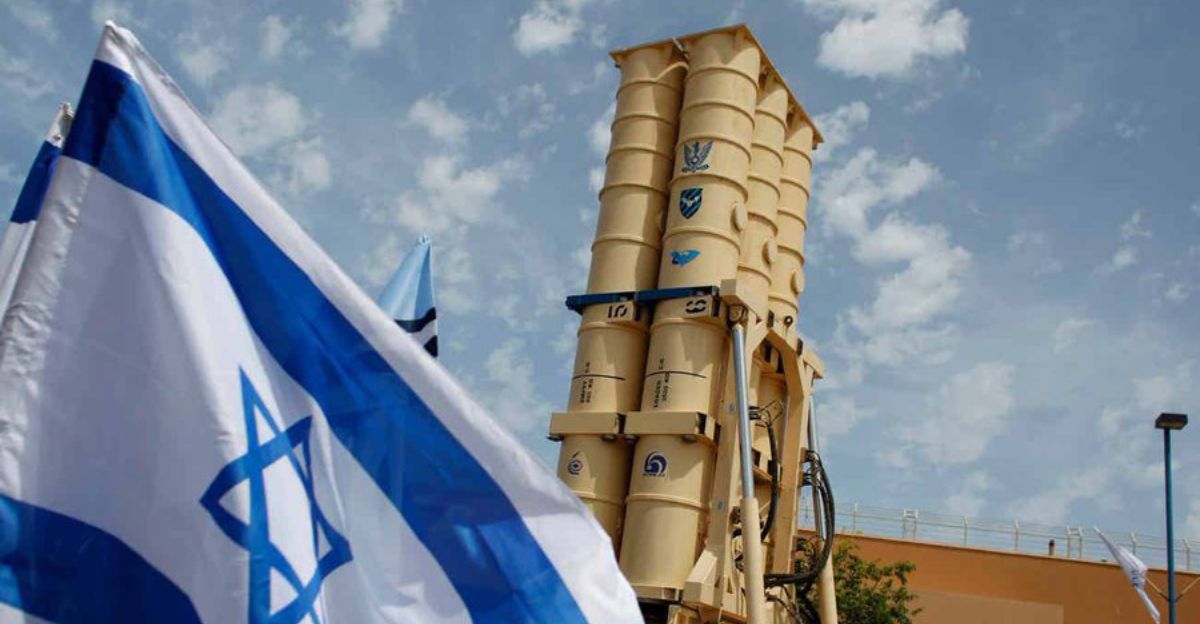
Israel’s missile shield is a worldwide commodity as well as a national asset. Iron Dome batteries have been acquired by the US Army, and allied missile defense programs are informed by technical data from the Arrow system. These exports strengthen strategic alliances and increase Israel’s diplomatic clout.
This economic aspect enhances Israel’s geopolitical influence and permits reinvestment in R&D. Cooperative development initiatives with nations such as the United States, India, and South Korea establish strategic inter-dependencies that go beyond conventional alliances. The constant need for Israel’s cutting-edge defense technologies is guaranteed by the spread of missile threats around the world, including those posed by rogue states and non-state actors.
Effects of the Second and Third Orders: Innovation, Deterrence, and Escalation
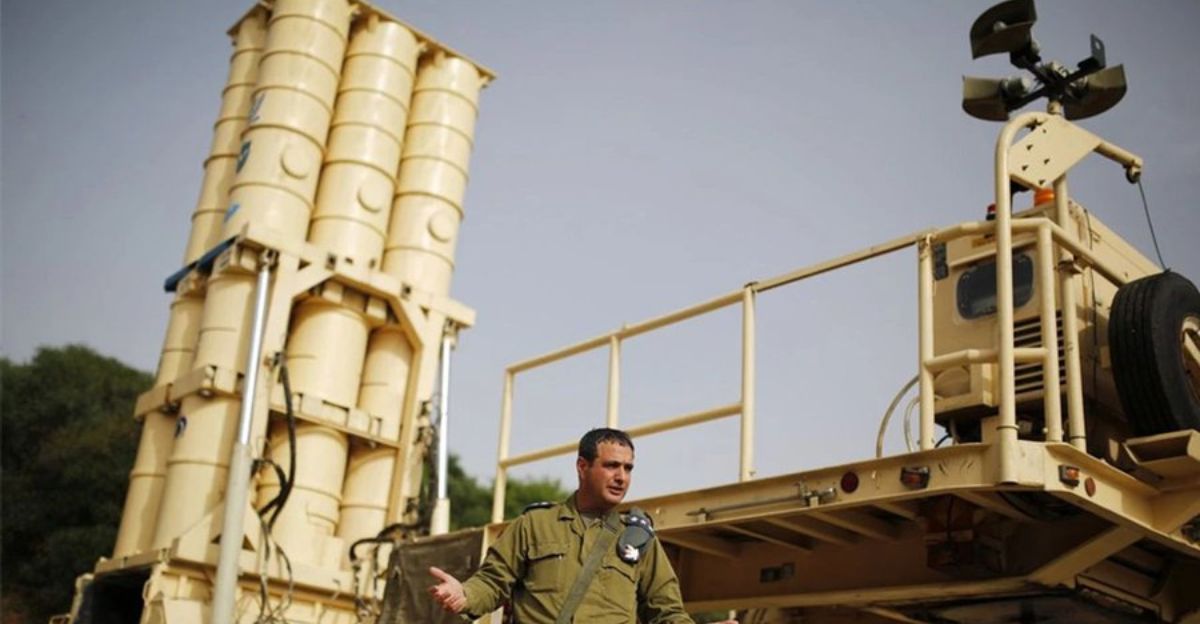
Israel’s upcoming missile shield upgrade will have a domino effect. By deploying asymmetric strategies, electronic countermeasures, or cyberwarfare, adversaries may intensify their attempts to overwhelm or get around defenses. On the other hand, Israel’s shield’s proven efficacy may completely prevent attacks, stabilizing the area by making aggression more costly.
Israel’s upgrades to its missile shield may have an effect on arms control discussions, making attempts to restrict the proliferation of missiles more difficult. Improved defenses could have a significant impact on society at home by changing public perceptions and governmental policy to rely more on technology than on diplomacy.
The Importance and Inevitability of the New Update
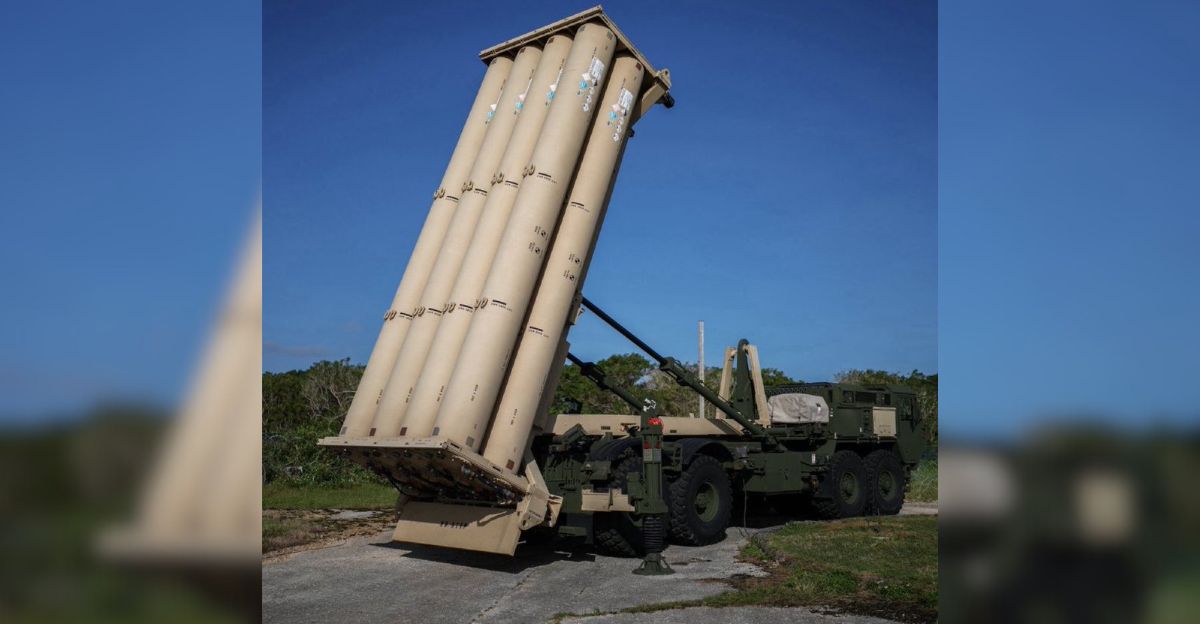
Not only is the case for a new update to Israel’s missile shield compelling, it is indisputable. Continuous innovation is required due to the changing threat landscape, which is marked by more frequent, accurate, and unpredictable attacks. The enhanced capabilities of Iron Dome and the next-generation interceptor for the Arrow system are existential necessities, not luxury items.
The upcoming update serves as a warning that, in the unrelenting logic of contemporary warfare, inaction equals defeat as well as a tribute to Israel’s inventiveness. Survival and security can only be guaranteed by unrelenting adaptation. By sending a message to enemies that technological superiority cannot be compromised, this update will strengthen Israel’s deterrence posture. It will probably affect the balance of power in the region and make neighboring states reevaluate their strategic planning.


